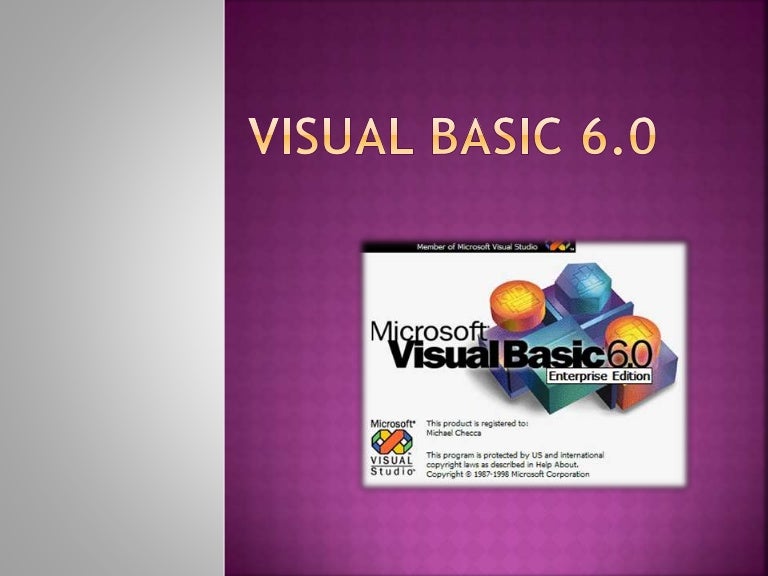

- #Learn visual basic for applications how to
- #Learn visual basic for applications code
- #Learn visual basic for applications windows
You will learn about event-driven and object-oriented programming, concepts that are important in other programming languages as well.
#Learn visual basic for applications how to
You will also explore using Windows's large and varied library of controls and how to access files and handle errors. You will discover how to use the large function library built into Visual Basic as well as how to write and use your own functions. In this course you will learn the building blocks of programming, including using variables to store data, control structures, and loops.
#Learn visual basic for applications code
It even writes all the necessary code to get the application started for you. You will see how Visual Basic development environment enables you to create the application program and its components literally with the click of a button or menu item.
#Learn visual basic for applications windows
In this course, you will learn how to write Windows applications and programs using the Visual Basic programming language and the Visual Basic development environment. It is easy to learn and does not require you to memorize difficult commands like other programming languages. It is the Object Model that makes Excel VBA different from Outlook VBA.Visual Basic is the most widely used programming language for creating Windows applications. Outlook has folders, emails and appointments. Excel has workbooks, worksheets and cells. What differs from product to product is the Object model. Visual Basic for Applications (VBA) is the macro language behind all Microsoft Office products and is essentially identical across all Office products. Part 2 gives some guidance on where to get information on VBA but since the language is the same across all Office products, a description of it belongs outside this introduction to Outlook VBA. It is important to understand this is an introduction to Outlook VBA not an introduction to VBA.


Part 7 will introduce Events unless some more immediately important topic is identified. Part 6 will introduce the creation of new Excel workbooks from Outlook and the reading and updating of existing workbooks. Part 5 will introduce CalendarItems which hold appointments. Judging from the questions on Stack overflow, MailItems are of most interest to programmers. Part 3 includes a macro to move a folder from one parent to another but most macros operate on the objects contained within folders not folders themselves. Part 4, the next part to be written, will introduce MailItems which hold emails. It would however be legitimate to understand what that pair of macros does but not understand how they achieve their objective. The reader should aim to understand all the code in Part 2. One pair of macros uses recursion which a new programmer may find difficult to understand. Part 3 includes macro for accessing lower level folders. Part 2 describes stores and folders and includes macros to display the names of all accessible stores and the top level folders within those stores. The division between part 2 and 3 is somewhat arbitrary. You could think of them as the equivalent of Excel's workbooks and worksheets. Parts 2 and 3 describe stores and folders which are where Outlook stores data. To display the Developer tab, you must perform an number of steps which are described in this part. which gives access to the Visual Basic Editor, is not displayed for a new installation. With Outlook 2007 and later, the Developer tab. If you are a user of Outlook 2003 and a user of Excel VBA, you will learn little for this part since accessing the Outlook Visual Basic Editor is the same as accessing the Excel Visual Basic Editor. Part 1 describes how to get access to the Visual Basic Editor. There are currently three topics introducing Outlook VBA and at least three more are planned. It is envisaged that "advanced topics" will be written to describe this functionality. New functionality has been introduced since Outlook 2003 which programmers will wish/need to access. It should work unchanged with any intermediate version.

Much of the code was originally developed with Outlook 2003 and has been tested with Outlook 2016. The various parts of the introduction aim to give the information that any programmer new to Outlook VBA would need. Since the Documentation for outlook-vba is new, you may need to create initial versions of those related topics. It should also mention any large subjects within outlook-vba, and link out to the related topics. This section provides an overview of what outlook-vba is, and why a developer might want to use it.


 0 kommentar(er)
0 kommentar(er)
